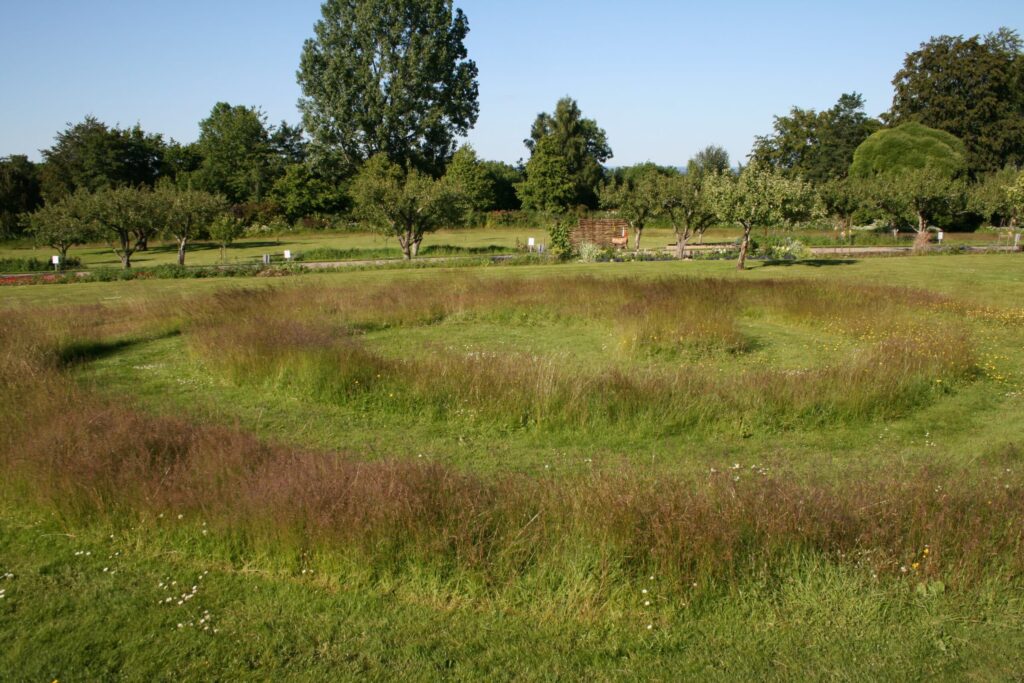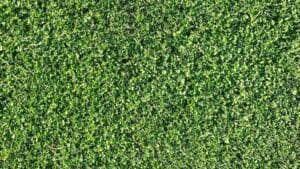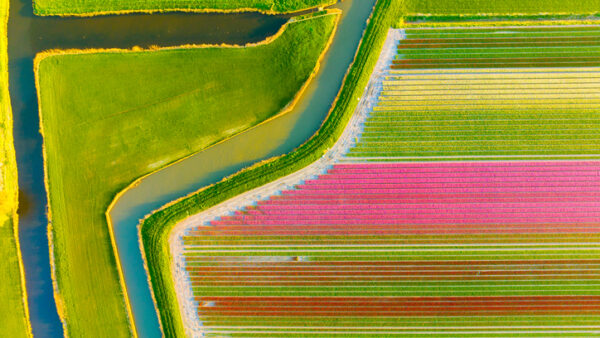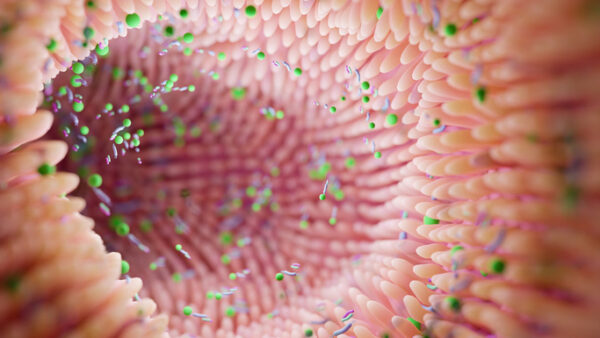My teenage daughter has developed a distinguished taste for the kind of outfit that dominated the 80’s. As charming as that may be, it demonstrates that fashion goes in circles and what yesterday was considered the highest incarnation of fashion may tomorrow represent the bottom line of distastefulness.
The same cannot be said for lawn grasses. Here, for a century the prevailing norm for a cultivated attire has been a clean, lush, darkish green, and dense sward that signals strength, vitality, pleasure, and devotion. And as much as this type of perfection has an immense appeal to anyone, just as disturbing does a pale green and weedy lawn seem to affect us.
Can that norm be changed? Can we in any feasible way twist our brains into appraising something that looks very imperfect? We did it with holey trumpet pants and oversized shirt flips.
Do we have to? The short answer is yes. We need to take pleasure in something that receives less fertilizer, chemical treatment, and water – three fundamental management tools in lawn care. Why can that be so hard? Maybe because a lawn and a garden are a small, cultivated image of nature, and we desperately want nature to be perfect. But it is not – in fact, it is wilder and more savage than hipsters at Woodstock.
With breeding we make a lot of efforts to improve disease resistance, ground cover (to combat establishment of weeds), and drought tolerance – overall to keep up the old norm for great appearances. But most of the high-ranking quality varieties were bred under the assumption that proper care as mentioned above will always be there – at least in the professional sector. No more!
So, unless we can learn to appraise a less dense lawn including some weeds, breeding will find itself in a state of urgency in producing less “perfect” less input-dependent varieties for the future. Such genetics do exist or can be developed but it will take time. It will most certainly require a change of norm for what is perfect in the official test systems. Until then we will do our best to formulate turf mixtures that will keep diseases at bay and retain acceptable green color under water- and nutrient stress. We will ramp up overseeding to combat weeds but most importantly, we will remind ourselves that nature in its imperfection has its own beauty – a beauty we do not intend to spoil due to old perceptions of what a perfect lawn should look like. It is time to change lawn fashion – it is time to grow wild!








